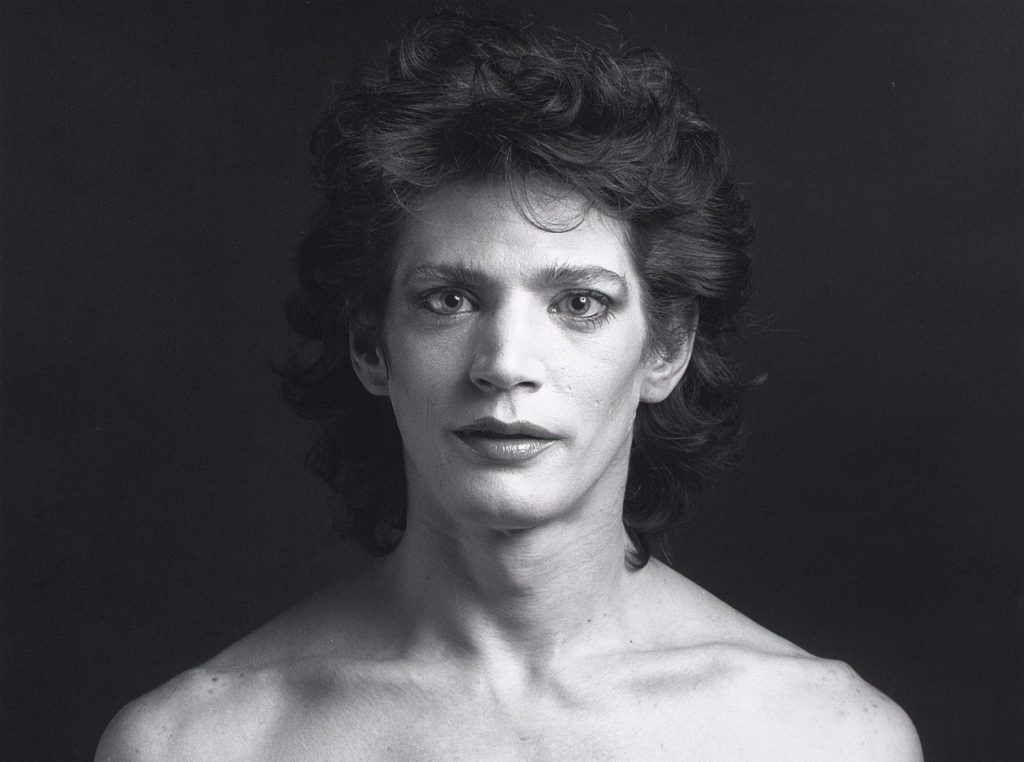Good sense is one of the first casualties of decadence. We grow accustomed to the outrageous, inured to the repulsive. Unfortunately, this does not mean that what was outrageous and repulsive yesterday has suddenly become wholesome: on the contrary, it only means that our moral instincts have become blunted. Familiarity breeds indifference, which we countenance at the price of our diminishment. We see this process at work in many areas of contemporary life, perhaps nowhere more insistently than in the art world, where beauty and aesthetic achievement are routinely rejected for the sake of various forms of ideological activism. A few years ago, the country was galvanized by Robert Mapplethorpe’s photographs of a perverted homosexual underworld and Andres Serrano’s blasphemous image of a crucifix submerged in his own urine. The art world rallied to champion these rebarbative objects—sometimes claiming the prerogatives of free speech, sometimes of sexual or religious adventuresomeness—and good sense promptly capitulated. Nowadays, when grisly sex, bodily effluvia, and pseudo-religiosity have become staples of chic artistic entrepreneurs everywhere, the Mapplethorpe–Serrano episode seems almost innocent. Then, at least, such performances were the rare exception. And many people—even many who defended such “art” on the grounds of free speech—privately conceded their distaste for the works themselves. Today, everything has changed. What was the exception is now commonplace, as museums and galleries across the country compete with each other to organize exhibitions and performances featuring ever more repellent images and behavior. Is this progress?
Then, at least, such performances were the rare exception.
We had occasion to ask ourselves this recently when an article from The Minneapolis Star Tribune crossed our desk. The article described an event that took place this winter at the Walker Art Center, a once-serious museum in Minneapolis that has lately become a repository of the fake, the meretricious, and the trendy wherever it can be found—a kind of Whitney Museum of the Midwest. Here, in the words of the Star Tribune, is what museum-goers in Minneapolis got to see that night: an HIV-positive man “sliced an abstract design into the flesh of another man, mopped up his blood with towels and sent them winging above the audience on revolving clotheslines.” This so-to-speak cutting-edge performance was presented in conjunction with the fifth-annual Minneapolis–St. Paul Lesbian, Gay, Bisexual, and Transgender Film Festival. It also featured two female assistants who wove acupuncture needles through the shaved scalp of the performer—an L.A.-based “artist” named Ron Athey—pierced his arms with “about 30 hypodermic needles,” and “allowed him to pierce their cheeks with slender steel spikes.” Kathy Halbriech, the trendy director of the Walker, did not see the performance. But she confidently asserted that the event was “appropriate for the Walker to be sponsoring.” One must, she cautioned, understand the performance “in the context of contemporary art and historical and religious precedent.” Religious precedent? Well, yes. One official compared the performance to “the rituals of the church and the body and blood of Christ.” A museum press release explained that Mr. Athey regards his body as his “canvas” and also observed that “when pierced and covered with his own blood [he] is evocative of St. Sebastian.” The press release observed further that “medical paraphernalia and bondage and discipline toys and techniques are also used in the performance. Due to the nature of the material, viewer discretion is advised.”
It can almost go without saying that this event was funded in part by taxpayers, courtesy of a grant from the National Endowment for the Arts. One museum spokeman insisted that only $150 had gone to support this particular performance. But this is disingenuous. According to The Washington Post, the museum received $104,000 last year from the NEA for its performance-art programs. (Over the last three years, the Walker has received more than $1 million from the NEA: your tax dollars at work.) The Star Tribune got hold of the story because distraught members of the audience—some of whom knocked over chairs to get out of the way of the bloody towels—complained to public health officials. Of course this showed a conspicuous lack of cool, for the fact that Mr. Athey is HIV-positive was part of the event’s “charge.” (It was not known whether Darryl Carlton, the man whom Mr. Athey cut, is also HIV-positive, though it was revealed that he regards mutilation of his body as “a cultural tradition.”) Naturally, museum officials downplayed the potential health hazard: it was explained that the amount of blood spilt was “minimal” and quoted health officals agreed that it was extremely unlikely that anyone in the audience could contract AIDS from bloody towels zinging about overhead. Consoling, is it not?

